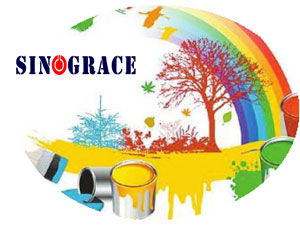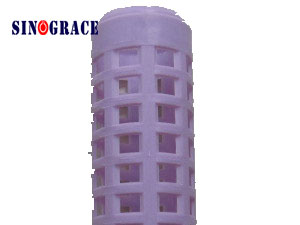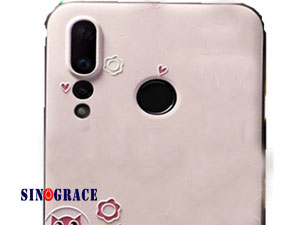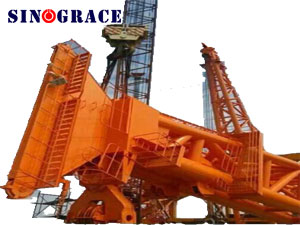Some surface properties of plastic substrate affect coating, and coating related properties
Some surface properties of plastic substrate affect coating, and the properties related to coating mainly include the following aspects: Due to the characteristics of the plastic substrate itself, its smooth and compact, low surface energy is not conducive to the wetting and adhesion of the coating on the substrate. The crystallinity of the plastic affects the adhesion of the film, and its crystallinity is between the fiber and the rubber. High-density, low-molecular-branched resins have a high degree of crystallization, such as polyethylene surfaces, which are difficult to coat. The thermal deformation properties of plastics. Thermoplastics are softened and deformed by heat, and thermosetting plastics are excessively decomposed by heat. Therefore, plastic coating drying is usually low temperature baking and drying. Plastics have poor solvent resistance, and most thermoplastics, such as ABs, Ps, and PCs, are very sensitive to solvents. In the coating process, the coating solvent system is not similar to the plastic substrate, it is difficult to wet, the adhesion is poor, and the solvent is excessively dissolved on the plastic substrate, which may cause the plastic substrate to crack. Certain additives used in the assembly and molding process of plastic products, such as the migration of plasticizers to the surface or the release of the release agent to the surface, affect the adhesion of the coating to the substrate. Plastic is an insulator with a strong static. Therefore, it is more difficult to coat and adhere the coating on the substrate in the coating of plastic products: the surface treatment must be carried out before the plastic coating, the surface state of the plastic is changed, and the wet spreading and adhesion of the coating is improved.Common surface treatments include dust removal, static elimination, and degreasing.Plastic is a poor conductor, easy to generate static electricity, will absorb a lot of dust and debris during storage and transportation, usually use surfactant solution to wash the surface dust, remove static electricity.The plastic product is added with liquid wax during the molding process to facilitate demolding, and the plastic product is added with a plasticizer, and the migration to the surface affects the wet adhesion and the hardness of the coating film, so the surface is degreased with an organic solvent. Sinograce Chemical company produces a variety of functional chemical additives, such as crosslinking agents, wetting agents, used in various fields in various fields, if you want to learn more, please click here. visit us sinograce chemical: https://www.sinogracechem.com Get a Quote Now :sales@sinogracechem.com Telephone :+86 0551 63459511
read more

 English
English français
français русский
русский español
español العربية
العربية








